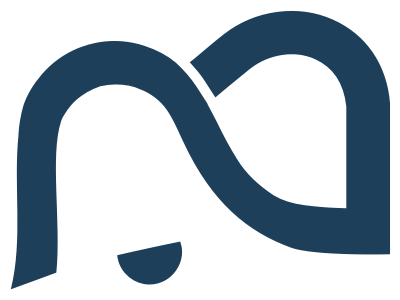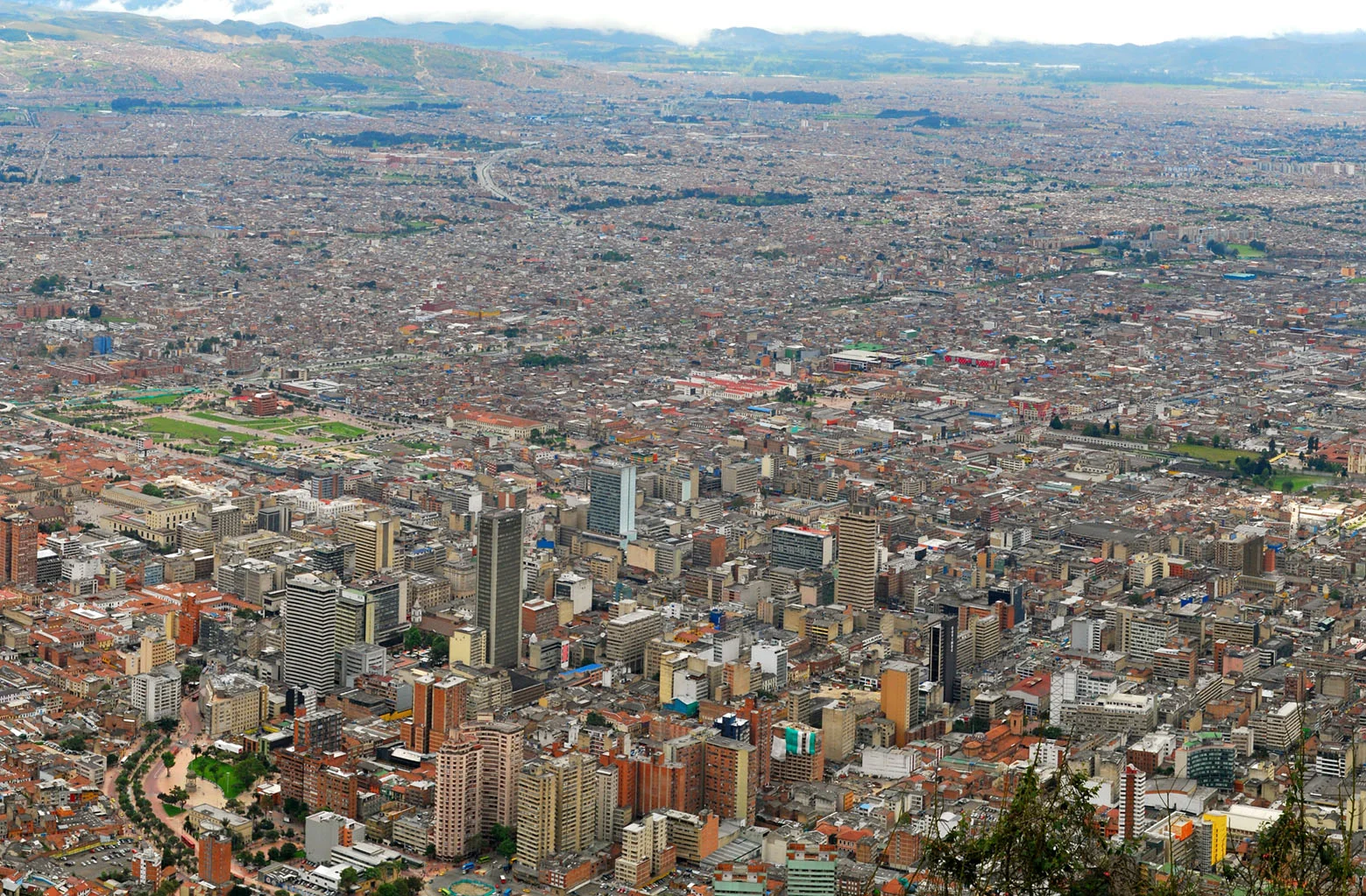Critical lifelines depend on each other. Impacts to electricity cascade to affect communications and transportation; generating electricity requires water. It’s a complex system. For Los Angeles County’s Climate Vulnerability Assessment, we recruited more than a hundred experts from utilities, health services, and emergency management to help diagram their interdependencies - how do they rely on each other, how do they support each other? The resulting map helps us see how impacts to one lifeline can ripple out to affect others. By analyzing the network, we can start to prioritize investments not just by their immediate impacts but also by their systemic consequences.
Even infrastructure is all about the people. The Los Angeles Times featured the strong human focus of LA County’s Climate Vulnerability Assessment. When services fail, who does it affect? When they don’t fail, who can we thank? Both of these questions were central to the Cascading Impacts analysis, Bellwether’s contribution to the CVA (page 101).
As Gary Gero wrote in the Foreword, “A key finding in this report is that essential workers are the linchpin of making our society and infrastructure function, especially as we face climate threats. The centrality of workers was made abundantly clear over the past 20 months during the pandemic and is emphasized in new ways in this assessment, which articulates how the people who repair our power lines, operate our transit systems, or tend to those who are ill are crucial members of society.”
Photo: Los Angeles Times
When climate change breaks infrastructure, what happens to whom? Jessica is analyzing cascading impacts for Los Angeles County’s Climate Vulnerability Assessment. We’re extending the Fourth Assessment study of infrastructure interdependencies to include impacts on people’s daily lives, especially in frontline communities.
Photo: CicLAvia, photographer Jon Endow
Three years ago, the hardest part of getting dozens of Los Angeles utility operators and emergency managers to model climate-change impacts was convincing them to suspend disbelief and imagine three to eight full days without power. The long-term power-outage scenarios we proposed were almost unthinkable.
Now, in response to the worst wildfires in California history, PG&E is preemptively turning off a million customers’ lights. So how is it playing out?
When cell-tower backup batteries run out, 911 is overrun with frantic calls from people who can’t reach their loved ones - interfering with emergency response. Municipal water districts beg their customers to stop watering their lawns - they need that water to fight fires. Firefighters could find their hoses empty if the power is cut to the wrong pumping station - coordination between lifelines is key. California is living the model’s predictions.
It may be uncomfortable to think across silos and beyond past experience. But it pays off - as the many wonderful technical experts who contributed to this California-Energy-Commission-funded report for California’s Fourth Climate Change Assessment have now shown.
Bellwether created a web app to help service providers in the resilience ecosystem work better together. The Resilience Navigator was a Climate Resilience Fund project with NOAA’s Climate Program Office and Climate Access. A dynamic relationship-mapping tool that helps track the rapidly evolving climate resilience field, the Resilience Navigator can be used to search for organizations, projects, and resources, and to identify gaps and opportunities for collaboration.
Colombia’s truck fleet is aging, with huge consequences for greenhouse gas emissions and road safety. But the problem is complex - many direct interventions could just end up making it worse. Bellwether worked the Ministry of Transport in Colombia to map the interacting causes and effects of different policies and identify systemic solutions.
Photo: Aris Gionis/ Creative Commons
The goal of water equity in South Africa can’t be achieved by water policy managers alone. Agriculture, employment, population growth - so many parts of the system are outside of their control, but directly affect their outcomes. Sandile Ngcamphalala at the University of Cape Town, supported by the International Institute for Applied Systems Analysis, is using the Elephant Builder to analyze the complexities of water policy management and broaden participation across sectors.
Nov. 15, 2018 - Bellwether presented the Elephant Builder at a Global Infrastructure Basel Foundation workshop - part of Arup’s The Resilience Shift initiative - at the Resilience Measurement, Evidence and Learning Community of Practice conference in New Orleans.
Sept. 28, 2018 - It was a joy to work with Pacífico on Buenos Aires’ 100 Resilient Cities resilience-strategy development. They used the Elephant Builder as a tool for community engagement in a series of workshops on infrastructure and environment, transportation and housing, disaster preparedness, and jobs and education. According to Pacifico, the Elephant Builder “helped us make sense of complex and dynamic systems, understand its interdependencies, and see the ripple effects. System mapping allowed for an interdisciplinary conversation and, most importantly, generated an outcome of much more focused and realistic ideas for new initiatives.”
Sept. 25, 2018 - The Office of Emergency Management in Larimer County, Colorado kicked off their elephant building with a Bellwether workshop. They’re bringing systems thinking to their resilience-planning efforts across six sectors - infrastructure, housing, economic, community, health and social, and watersheds and natural resources - to help identify co-benefits and explore cross-sector solutions.
Aug. 27, 2018 - Bellwether contributed to California's Fourth Climate Change Assessment as part of Susi Moser and Juliette Finzi Hart’s report on “The Adaptation Blindspot: Teleconnected and Cascading Impacts of Climate Change on the Electrical Grid and Lifelines in Los Angeles.” With experts from the energy, transportation, communications, emergency management, health services, and public health sectors, Bellwether mapped interdependencies among critical lifelines and looked at the many ways in which climate impacts can cascade through these connections. The process helped facilitate cross-sector collaboration and identify system-level vulnerabilities.
Aug. 17, 2018 - MIT Solve chose us as finalists for their Coastal Communities Global Challenge. Bellwether, together with Joyce Coffee, proposed an AI-backed approach to resilient coastal infrastructure planning - complete with cartoons!












